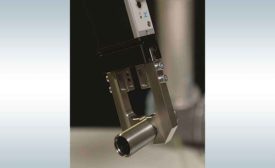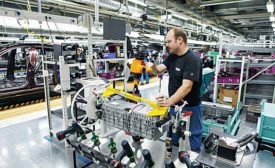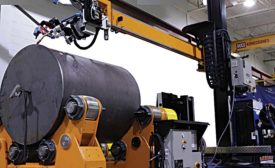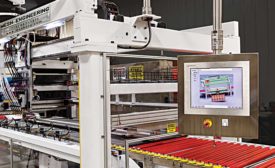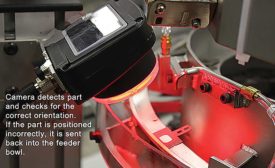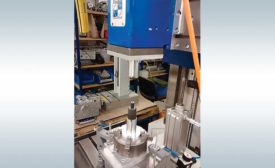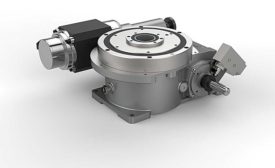Home » assembly systems
Articles Tagged with ''assembly systems''
Grippers for Small Parts
Grabbing, moving and placing tiny parts is no problem—with the right gripper or cup.
December 8, 2017
ASSEMBLY Capital Spending Report 2017: Capital Spending Continues to Increase
With the economy firing on all cylinders, our annual Capital Equipment Spending Survey predicts continued growth in investment.
December 1, 2017
Manufacturing Execution Systems Meet the Cloud
MES are essential to digital production initiatives.
November 9, 2017
Flexible Assembly Machine Combines Multiple Plastics Joining Processes
What if one machine could be configured to perform any friction-based welding process with a simple change of tooling?
September 12, 2017
Fixed vs. Flexible Automation Systems
Both fixed and flexible technologies offer distinct advantages, but only if manufacturers optimize important operational parameters.
September 8, 2017
Never miss the latest news and trends driving the manufacturing industry
Stay in the know on the latest assembly trends.
JOIN TODAY!Copyright ©2024. All Rights Reserved BNP Media.
Design, CMS, Hosting & Web Development :: ePublishing


